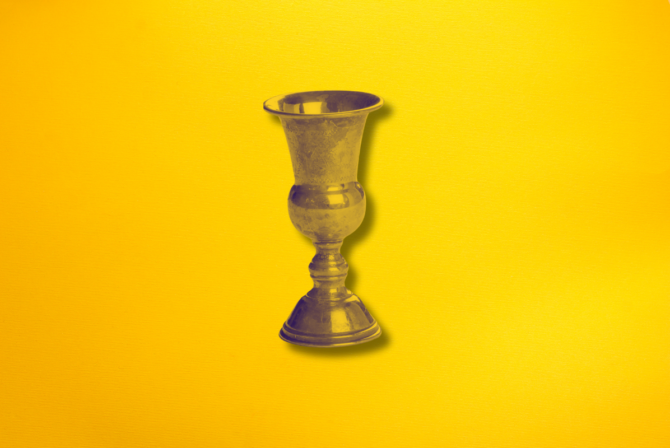Throughout my time providing wealth management and strategies for families over the past number of years, among the most controversial issues I’ve addressed is the subject of allowances, particularly for young children. I received an allowance as a teenager, up until I found steady work as a babysitter. I’m a firm believer in using the allowance system to teach young children about money and values, as well as instilling a strategy for saving for the future and larger goals.
Weekly Allowance
When our daughter Noa turned 4, we implemented a weekly allowance based on the strategy of raising money-savvy kids. She receives four quarters on Friday morning and together, we put the four quarters in her bank. The bank is divided into buckets for saving, spending, and her pushke (tzedakah box) for giving.
In our experience, the allowance has reinforced our values around money. First, that money is a limited resource and in spite of our affluence and comfort, we cannot always buy everything we want. Noa recently dipped into her spend bank for a trip to the Beadhive with Grandma in pursuit of crafty beads for a project. Unlike most shopping trips with Grandma, we reinforced that she had to make choices with the limited money she had available.
What would have been a spending spree on Grandma’s dime turned into a more deliberate process of making choices based on how much money Noa had available. Grandma was a begrudgingly good sport, allowing us to dictate that she could only match Noa’s resources and not go overboard.
Building Good Habits
The allowance, at 4-years-old, is really about the habit every Friday of contributing to your savings by putting two quarters into the save box, giving charity by putting one quarter into the pushke, and by preparing for spending by setting some cash aside for the “wants.” Setting cash aside for the “wants” can also provide a solution to the tantrum at the toy store, candy counter, or checkout line, as “wants” often evaporate when the money has to come from the child’s pocket.
Equally controversial is the issue of tying allowances to work. Opinions vary and this is mine: the allowance is to teach money management and the work responsibilities around the house are part of belonging to a family. Noa has daily responsibilities such as clearing the table after dinner, putting her clean clothes away, and picking up her room every morning before leaving for preschool. Neighbors Will and Bailey receive modest allowances but earn additional money by picking up dog poop in the backyard.
Consideration of the amount depends on many factors, ranging from age of the child, geographic location, and what the allowance might be used for. For very young children, it’s about habit, so it’s important that the amount be understandable to a 4 or 5-year-old. I chose a dollar a week because it was easy to give Noa four quarters every Friday. As your child gets older, he or she will take on more financial responsibility and allowances can be increased, but establishing the saving and tzedakah habits early will pay off long-term.
Making It Work For Your Family
Last but not least, keep these pointers in mind. Pay allowances regularly and on time. You wouldn’t be too happy if your boss said, “Sorry, I forgot to go to the bank today to get your paycheck.” Choose a modest amount that requires choices and savings strategies for big purchases, and as your children get older, introduce the concepts of budgeting for big things and saving for longer-term goals. Require saving, sharing, and spending, but within your family values, let your kids choose how and where to spend their money. And remember, this is a work in progress. If you’re like most people, you never received a financial education as a child, so expect to make mistakes and encounter some bumps in the road. I love feedback, questions or comments, so please feel free to contact me at darla.kashian@rbc.com or 612.371.7832.







